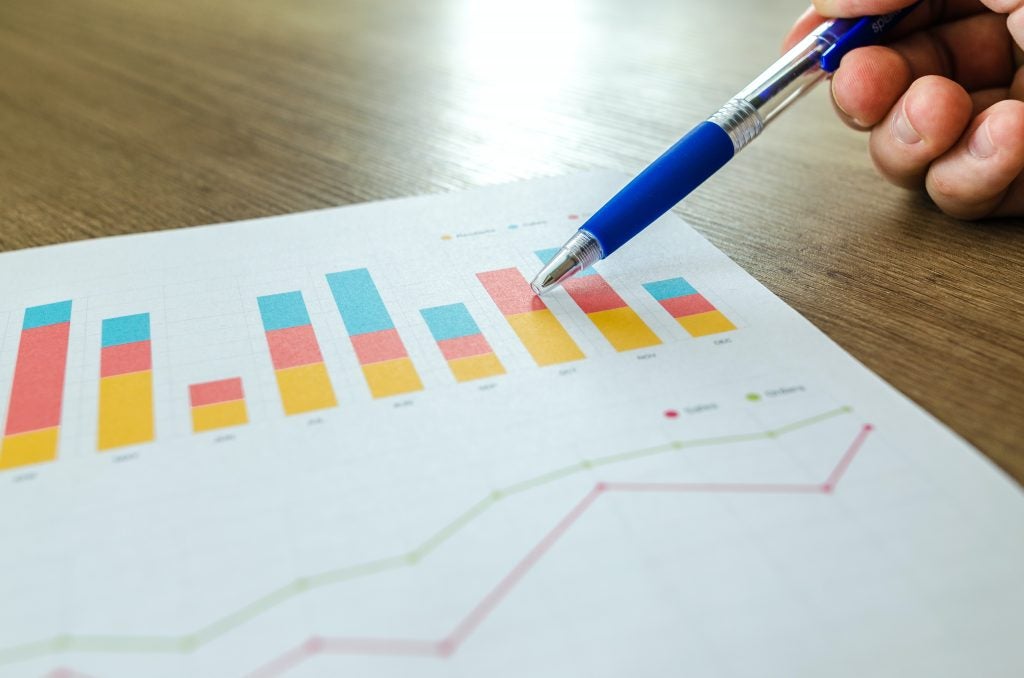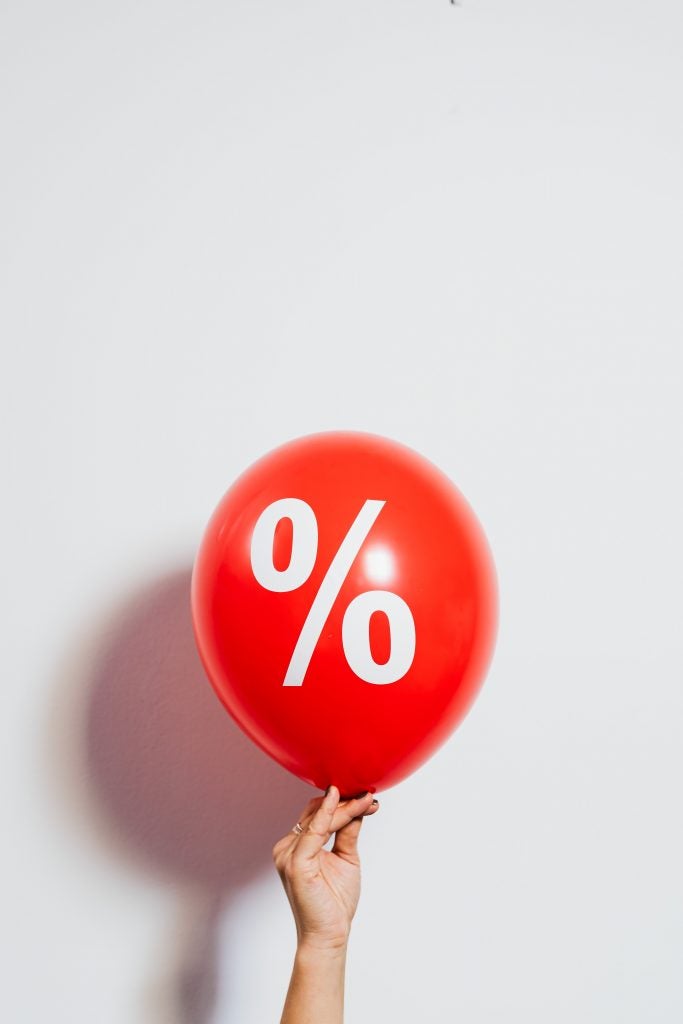Although human emotion is not rational, predictable, or easily quantifiable, love, like most life experiences is characterized by patterns: “from the number of sexual partners we have in our lifetime to how we message on an internet dating website. These patterns twist and turn and warp and evolve just as love does, and are all patterns which mathematics is uniquely placed to describe.”1
The Algebra of Finding Your Soul Mate

It is argued that a secret in obtaining lasting love is giving up the idealistic notion of finding “the one,” despite the irresistible allure of growing old with your perfect soul mate. NASA-engineer Randall Munroe posed the question “What if everyone in the world only had one soulmate, a random person somewhere in the world?” determining that the proposition of finding this randomly-assigned perfect partner becomes a statistical “nightmare.”2 Munroe states:
“We’ll assume your soul mate is set at birth. You know nothing about who or where they are, but — as in the romantic cliché — you’ll recognize each other the moment your eyes meet. Right away, this raises a few questions. For starters, is your soul mate even still alive? A hundred billion or so humans have ever lived, but only seven billion are alive now (which gives the human condition a 93% mortality rate). If we’re all paired up at random, 90% of our soul mates are long dead.”
As if these statistics were not discouraging enough, when gender, age, sexual orientation, and language are considered as important qualifications to finding “the one” the issue becomes increasingly mathematically improbable. When coupled to the fabled notion of identification via eye contact, is assumed that even if you lock eyes with several unique dozen strangers each day, with 10% of them close to your age range, you will only “meet” 50,000 people in a lifetime of 500,000,000 potential soul mates. Ultimately this results in finding true love in one lifetime of every 10,000.2
According to In Hannah Fry’s The Mathematics of Love: Patterns, Proofs, and the Search for the Ultimate Equation, the author describes how mathematician Peter Backus calculated a dismal finding: that “there were more intelligent alien civilizations in the galaxy than potential girlfriends for him to date.” He cites the following criteria:
- How many women are there who live near me? (In London -> 4 million women)
- How many are likely to be of the right age range? (20% -> 800,000 women)
- How many are likely to be single? (50% -> 400,000 women)
- How many are likely to have a university degree? (26% -> 104,000 women)
- How many are likely to be attractive? (5% -> 5,200 women)
- How many are likely to find me attractive? (5% -> 260 women)
- How many am I likely to get along well with? (10% -> 26 women)? 3,4
Using current scientific comparisons on the estimates of life in the universe, Backus determined that there are around 400 times more intelligent civilizations living on other planets than potential romantic partners.3 Fry notes that “being able to estimate quantities that you have no hope of verifying is an important skill for any scientist”––this technique, known as a “Fermi estimation” is used in everything from job interviews to quantum mechanics— but suggests that his criteria might have been unreasonably stringent.3,4 Fortunately, Backus was able to beat his odds and ultimately got married a year following his calculations. The reality illustrates that despite such improbable circumstances, people generally end up with partners who they never thought they would be with or who meet their preconceived search criteria.3
Independent of the inherent odds of finding “the one,” Fry discusses the opportunity cost of dating when attempting to discern the notion that your current partner is the person you will settle down with. She states, “as any mathematically-minded person will tell you, it’s a fine balance between having the patience to wait for the right person and the foresight to cash in before all the good ones are taken.”1 The overarching question then is how to select the best person on one’s list of present and future partners to settle down with, without knowing any of the information that lies ahead.
Assuming that the rules of dating are simple, mathematical analysis can be used to derive an equation that precisely indicates how many potential mates to reject before finding the optimal partner and begin settling down. The assumptions for this “optimal stopping theory” are that, “once you decide to settle down and take yourself out of the dating game, you can’t look ahead to see all the partners you could have had on your list, but equally, once you reject someone, you can’t go back and change your mind at a later date.”3 This assumption is relevant to reality as most people are surprisingly averse to being called up several years after being rejected because no one better came along.
The conclusions of “optimal stopping theory” are surprisingly logical. First, spend some time dating, but reject everyone you meet as life-partner material until you have got a feel for the dating marketplace. Then once the phase has passed, pick the net person that comes along that is better than every previous partner.3 Fry writes:
“Because it turns out that your probability of stopping and settling down with the best person (denoted by P in the equation below) is linked to how many of your potential lovers (n) you reject (r), we are presented with a rather elegant formula:
This formula, innocent as it seems, has the power to tell you exactly how many people to reject to give you the best possible chance of finding your perfect partner. It indicates that if you are destined to date ten people in your lifetime, you have the highest probability [39.87%] of finding “the one” when you reject your first four partners. Similarly, if you are destined to date twenty people, you should reject the first eight (where Mister or Ms. Right would be waiting for you 38.42 per cent of the time). And, if you are destined to date an infinite number of partners, you should reject the first 37 per cent, giving you just over a one in three chance of success.”3
By contrast, if one chooses to ignore this strategy and instead opt to settle down with a partner at random, there would only have a 1/n chance of finding your true love. This equates to just 5 percent chance of settling down with the most ideal partner if you are fated to date twenty people in your lifetime.3

Although “optimal stopping theory” is limited in that is not conceivable to know how many partners one will have during a lifetime of dating, the same theory can be applied with respect to the length of one’s dating window. Assume a person starts dating at the age of fifteen and wishes to settle down by the time they are forty. In the first 37 percent of the dating window (until just after your twenty-fourth birthday), you should reject everyone, using the time to create realistic assessment of what to expect in a life partner. Following this phase of rejection, the person should choose the next suitor who creates a better relationship than any past partner to maximize their probability of finding “the one.” It is interesting to note that this formula closely matches the average age of marriage for women (27 y/o), and men (29 y/o) in both North America and Europe.3 Furthermore, the applicability of this first 37 percent rejection model is ubiquitous in a broad array of situations: it can be applied to choosing a location to live within a determined period of time, picking an apartment, or hiring an assistant.
Despite the caveats associated with rejecting the first 37 percent, the mathematics assume that the user is only interested in finding “the one.” Being that many of us in reality would prefer to have a good partner to being alone if “the one” is unavailable, having more relaxed standards greatly increases the statistical success of ending up with the best partner within their criteria range. By employing computer aided programming known as Monte Carlo analysis, which simulates dating within tens of thousands of different lifetimes (each with randomly appearing partners of random levels of compatibility), the criteria of finding best partner only, finding someone in the top 5%, and finding someone in the top 15% percent were determined.
The red curve depicts the original illustration, verifying the first 37% rejection window should be implemented; it likewise gives 37% percent chance of successfully having chosen the best partner as predicted by the optimal stopping theory. By contrast a person if a person is much less particular and will settle for someone within their the top 15% (blue line) of suitors, the chances of relationship success are expected to be 78% when spending a mere 19% of your dating life getting a feel for what is out there.
Although these models are not perfect and choosing a life partner is not as simple as hiring an assistant, the mathematics offer insight into the real world scenario of dating even if it cannot be taken directly at face value. According to Fry, “After all, that’s what mathematics is about – abstracting from the real world to help uncover some of the hidden patterns and relationships which otherwise would be shrouded in messy things like ‘emotions’.”3
How to Live Happily Ever After

Fry’s insight into the mathematical applicability of love applies lucidity to the fabled notion that “happily ever after” only ensues after the search for a soul mate has ended, and one has settled down with their soulmate. Having a happy, healthy relationship is not simply a bi-product of being fortunate enough to find one’s idea partner. Rather, it takes continuous maintenance. Every relationship will have conflict, and physiologists now agree that the manner in which couples argue can differ substantially and are useful predictor of long-term happiness within a couple. Surprisingly, the application of mathematical analysis to the story of love is one that offers some heart-warming conclusions that are firmly anchored in realty. Fry states:
“In relationships where both partners consider themselves as happy, bad behavior is dismissed as unusual: “He’s under a lot of stress at the moment,” or “No wonder she’s grumpy, she hasn’t had a lot of sleep lately.” Couples in this enviable state will have a deep-seated positive view of their partner, which is only reinforced by any positive behavior: “These flowers are lovely. He’s always so nice to me,” or “She’s just such a nice person, no wonder she did that. In negative relationships, however, the situation is reversed. Bad behavior is considered the norm: “He’s always like that,” or “Yet again. She’s just showing how selfish she is.” Instead, it’s the positive behavior that is considered unusual: “He’s only showing off because he got a pay raise at work. It won’t last,” or “Typical. She’s doing this because she wants something.”3
Beyond these qualitative conclusions, psychologist John Gottman determined a way to assign scores to how positive or negative a couple can be to one another by measuring facial expressions, heart rates, skin conductivity, and blood pressure. Ultimately, this Specific Affect Coding System indicated that successful couples scored significantly more positive than negative points on the Gottman’s scale, while couples who were struggling in their relationship found themselves spiraling towards negativeity.3 This sophisticated scoring system was able to predict divorce rates among couples with up to 90 percent accuracy after observing them in conversation. When the Specific Affect Coding System was integrated with mathematics models derived by James Murray, the specificities of how these spirals of negativity perpetuated were quantitatively described with extreme accuracy. Although Murray’s models were framed in terms of a husband and wife dynamic, they are not based on any gender stereotypes and apply equally well to long term and gay or lesbian relationships.3 They are wonderful examples of how mathematics can be applied to patterns of human behavior:
Although they may look like gibberish to those who lack mathematical intuition, they actually describe “a very simple set of rules for predicting how positive or negative we can expect the husband and wife to be in the next turn of their conversation.”3 Fry discusses the equations as follows:
“If we take the top line, the wife’s equation, we can break down how these rules play out. The left-hand side of the equation is simply how positive or negative the wife will be in the next thing that she says. Her reaction will depend on her mood in general (w), her mood when she’s with her husband (rwWt) and, crucially, the influence that her husband’s actions will have on her (IHM). The Ht in brackets at the end of the equation is mathematical shorthand for saying that this influence depends on what the husband has just done. The equation for the husband follows the same pattern: h, rHHt and IHM are his mood when he’s on his own, his mood when he’s with his wife and the influence his wife has on his next reaction, respectively.”3
It is quite amusing to note that these exact equations have also been shown to successfully describe the international relations between two countries during an arms race, so mathematically speaking, spiraling towards negativity on the brink of a break up is equivalent to a nuclear war. When the intertwined effects the two partners have on each other, the dynamic interaction of love can be graphically depicted below.3,4
In this figure, the dotted line indicates the influence that the husband (Ht) has on his wife. Whenever the dotted line is high on the IHM axis (the influence that her husband’s actions will have on his wife), the husband has a positive impact. Likewise, wherever the dotted line dips below zero on the IHM axis, the wife is more likely to be negative in her next phase of the conversation. Gottman’s and Murray’s findings are summarized elegantly by Fry as follows:
“Imagine that the husband does something that is a little bit positive: He could agree with her last point, or inject a little humor into their conversation. This action will have a small positive impact on the wife and make her more likely to respond with something positive, too… [But] if the husband is a little bit negative — like interrupting her while she is speaking — he will have a fixed and negative impact on his partner. It’s worth noting that the magnitude of this negative influence is bigger than the equivalent positive jump if he’s just a tiny bit positive. Gottman and his team deliberately built in this asymmetry after observing it in couples in their study.”3
The crucial finding is that “T-” is known as the “negativity threshold”, the point at which the husband’s negative effect becomes so great that it renders the wife unwilling to diffuse the situation with her positivity. At this juncture she instead responds with negativity which creates a snowball effect of conflict.3,4 The most revelatory conclusions from this data are the implications it has on the compromise. Although it may seem intuitive that the best strategy in maintaining a healthy relationship is creating a high negativity threshold (a relationship where you give your partner room to be themselves and only bring up an issue if it becomes a really big deal) researchers found the opposite was true:
“The most successful relationships are the ones with a really low negativity threshold. In those relationships, couples allow each other to complain, and work together to constantly repair the tiny issues between them. In such a case, couples don’t bottle up their feelings, and little things don’t end up being blown completely out of proportion.”3
Thus, a healthy relationship is not simply one where both partners are comfortable with engaging in disagreements, but also one in which the language and communication style during conflict does not cast the one partner as the victim of the other person’s behavior.3,4 Ultimately, that the data provides is a positive message which reinforces the adage that, “you really shouldn’t let the sun go down on your anger.” 3,4
Beyond the limitations that mathematical models have in regards to finding the “the one” or maintaining a healthy relationship, the beauty in them is their ability to abstract information from reality, rather than replicating it. By describing patters and mechanisms these fundamental frameworks help us understand the inner workings of relationships and the counter-intuitive results that are abundant in the real world.
References
- Fry, H. (n.d.). The mathematics of love.
- The Actual Algebra of Finding Your Soul Mate. (2014, September 2). Retrieved November 24, 2015.
- Fry, H. (2015). The mathematics of love: Patterns, proofs and the search for the ultimate equation. TED.
- Popova, M. (n.d.). What Mathematics Reveals About the Secret of Lasting Relationships and the Myth of Compromise. Retrieved November 24, 2015
Last Updated 24 November 2015.
